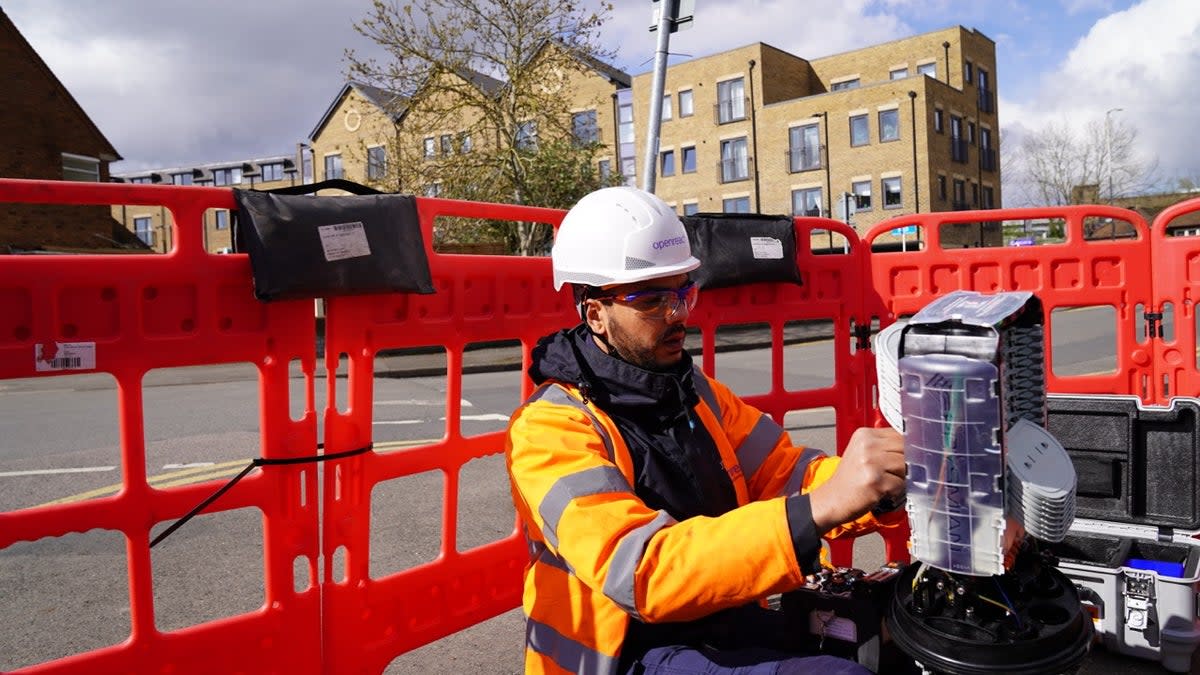Openreach full-fibre broadband reaches 10 million UK homes — but London areas left behind

Openreach has announced that 10 million UK homes and businesses are now within reach of ultrafast full-fibre broadband — but it has transpired that parts of London are being left behind.
While parts of the country — including Kingston upon Hull, Coventry and Milton Keynes — have almost universal full-fibre coverage, fewer than one in 10 homes and businesses in London have access to full-fibre broadband. Enfield (5.2%), Kingston Upon Thames (6.5%) and Haringey (6.7%) are London areas with some of the worst full-fibre coverage in the country, according to Ofcom’s most recent Connected Nations report.
Although London’s median broadband speed is on average higher than the country as a whole, it lags behind other major cities such as Birmingham, according to the Fair Internet Report.
The London problem
Openreach’s CEO, Clive Selley, told the Evening Standard that London had unique problems when it comes to rolling out full-fibre broadband.
“London is one of the hardest places to build,” he said. “For a whole bunch of reasons, getting to people is harder. Getting wayleaves, getting traffic permissions on roads is harder, and getting access to multi-dwelling units and apartment blocks is just harder in London than it is in other parts of the country. So, it's more about ‘where can I go fast and furious?’ Because I'm going everywhere.”
Mr Selley said that Openreach was working with local authorities and councils in London to try to remove barriers to fibre installations. He said this process could be held up by the landlords, however.
“If you think about a typical apartment block in London, it will have our copper infrastructure inside,” Mr Selley said. “And it is a bit bizarre, isn't it, that we have to go get another set of permissions to put fibre in, particularly when fibre is less intrusive.”
“You need it [permission] from the landlords and, of course, there are thousands and thousands and thousands of landlords. So you've got to negotiate with thousands and thousands and thousands of parties,” Mr Selley added. “It is a barrier and it does slow down deployment in all the big cities, I would say particularly in central London or inner London.”
Analysts say the uneven rollout of new broadband technology is responsible for a huge disparity in speed test performance in London. The Fair Internet Report shows a third of the speed tests conducted in London are either slow (under 30Mbits/sec) or very slow (under 10Mbits/sec), while 36% are either fast (above 80Mbits/sec) or very fast (over 300Mbits/sec).
“It’s great fibre is being rolled out so quickly, but some people are being left behind,” said Thomas Buck, broadband performance technical director at the Fair Internet Report. “The infrastructure is still playing catch up.”
The rollout continues
However, there is hope for those areas that remain outside of Openreach’s fibre network. The company aims to reach 25 million homes and businesses by “the early second half of the 2020s”, Mr Selley said. “We are really pleased to have hit the 10 million milestone, very pleased that customers are connecting at pace, and we’re really focused on the second 10 million,” he said. “We're building faster than ever and we're connecting faster than ever.”
Even if Openreach’s network doesn’t reach every London premises, there’s a strong chance that rival networks from Virgin Media or one of the dozens of new fibre operators that have emerged in the UK will. “I think it's a very dynamic, very healthy competitive environment,” said Mr Selley. “That benefits customers, and the fact that we’ve got a lot competition just causes me to keep honing our performance. Go bigger, go faster, go to more places.”

 Yahoo News
Yahoo News 
